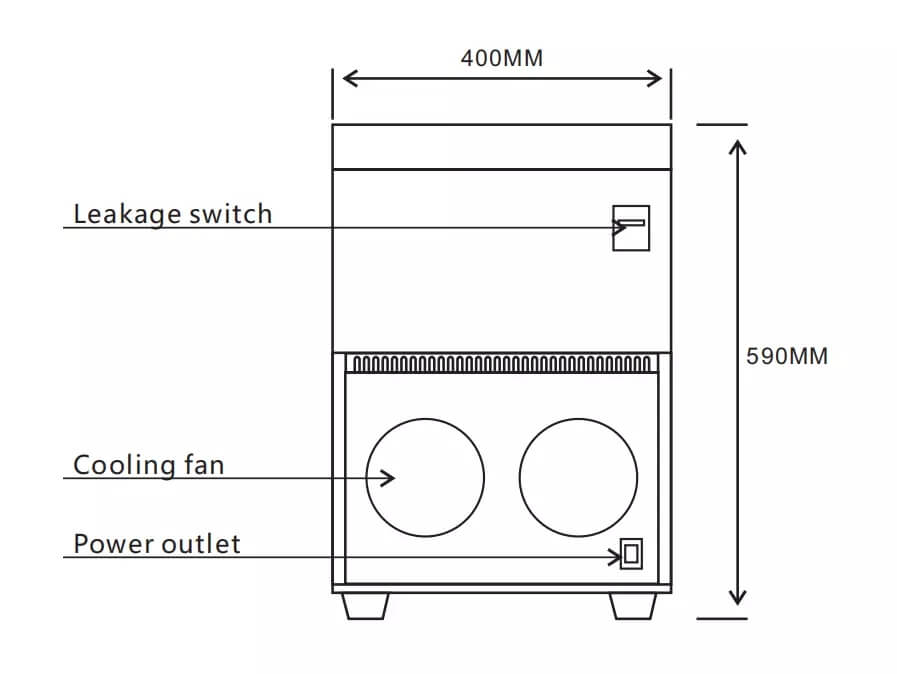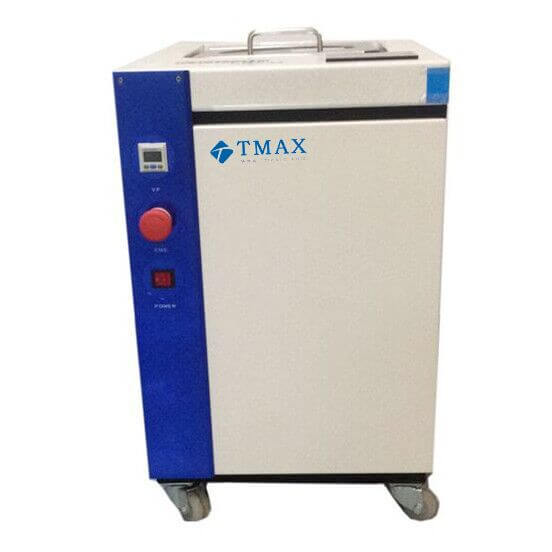A vacuum centrifugal mixer is a specialized piece of equipment used in various industries, particularly in the field of material science and research involving the preparation of advanced materials. Here's an overview of the vacuum centrifugal mixer:
Vacuum Centrifugal Mixer:
Principle of Operation:
The planetary centrifugal mixer operates on the principle of centrifugal force and vacuum. It combines materials in a vacuum environment to prevent the introduction of air or contaminants during the mixing process.
Components:
Centrifuge Chamber: The main chamber where the mixing process takes place. It is designed to withstand vacuum conditions.
Rotors: The rotors inside the chamber create the centrifugal force necessary for mixing. Different rotor designs may be used for specific applications.
Vacuum System: A vacuum pump or system is integrated to create and maintain a vacuum within the mixing chamber.
Operation:
Loading: The materials to be mixed are loaded into the centrifuge chamber.
Vacuum Creation: The vacuum system removes air and other gases from the chamber, creating a controlled environment.
Centrifugal Mixing: The chamber spins at high speeds, generating centrifugal forces that drive the materials to mix thoroughly.
Uniform Mixing: The combination of vacuum conditions and centrifugal forces ensures uniform mixing without the introduction of air bubbles or contaminants.
Applications:
Battery Electrode Materials: In the field of battery research and development, vacuum centrifugal mixers are used to prepare electrode materials for lithium-ion batteries.
Pharmaceuticals: Mixing and blending of powders in a vacuum environment is crucial in pharmaceutical manufacturing.
Chemical Synthesis: Researchers use vacuum centrifugal mixers in various chemical synthesis processes to create homogeneous mixtures.
Advanced Materials: For the production of advanced materials, composites, and nanomaterials with specific properties.
Advantages:
Reduced Contamination: The vacuum environment minimizes the risk of contamination by eliminating air and other gases.
Homogeneous Mixing: The combination of vacuum and centrifugal forces ensures thorough and homogeneous mixing of materials.
Precise Control: Researchers have precise control over the mixing process, making it suitable for delicate and sensitive materials.
Limitations:
Scale: vacuum degassing mixer are often used at a laboratory or small-scale production level.
Material Compatibility: The suitability of materials for this mixing method depends on their compatibility with vacuum conditions.
Safety Considerations:
Proper safety measures, including chamber sealing and rotor stability, are essential to prevent accidents during operation.
In summary, the vacuum centrifugal mixer is a specialized tool that provides a controlled and contamination-free environment for the precise mixing of materials, making it valuable in various scientific and industrial applications.

No. 5 Nanshan Road, Huli District, Xiamen City, Fujian Province, China
 Subscribe to us
Subscribe to us ONLINE
ONLINE +86 13174506016
+86 13174506016 Louis@lithmachine.com
Louis@lithmachine.com +86 18559646958
+86 18559646958
 18659217588
18659217588

